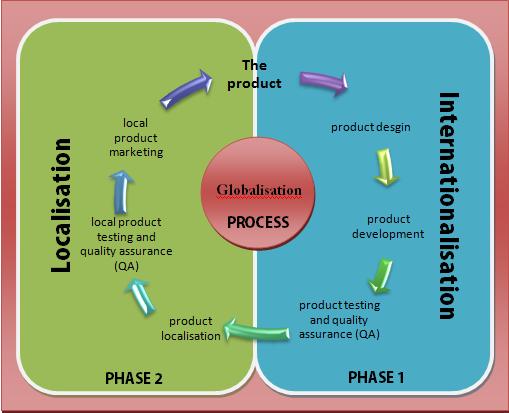Each translation is linked to cultural adaptation to smaller or bigger extent. However, there are products, which demand something more. It’s not enough to translate words, the aim of the product can be achieved only if we adjust all its elements to the target audience. Then, we deal with the process called localization.
Localization is usually used in software, video games, websites and advertisements. Neglecting cultural and technological differences in these cases can be a disaster for our product. Elements from foreign culture can be at best misunderstood (puns in a video game concerning a political situation), but at worst unable to use (technical formats not used in the target country). So, the stakes are high.
Process of localization
The best approach to localization is appropriate preparation of the product before the process. Such preparation is called internationalization and its aim is to make the product as ”international” as possible. During design phase all elements specific for source culture and language are limited to minimum. After internationalization, localization process is much easier. Sometimes in this project not only translators but also engineers take part (especially when we deal with technical matters like software). Dependently on the product which is being localized, these elements have to be adjusted:
-currency (setting a default currency and counting according to the exchange rate)
-translating all buttons in such a way that captions can fit in
-setting the file format used in the target country
-adjusting formats of dates, addresses and phone numbers
-adaptation of graphics
-removing unnecessary information and adding other important ones for the target audience
-adding characters used only in the target country
-adjusting communication style to the one used in the target country

